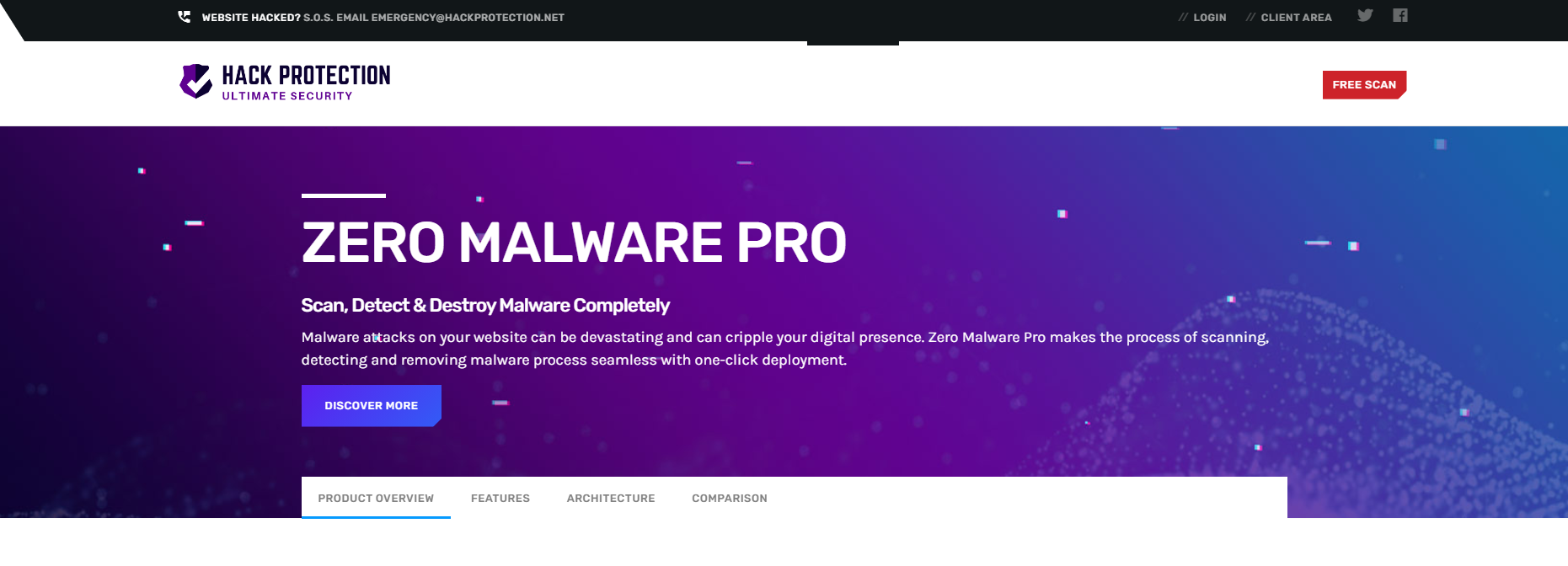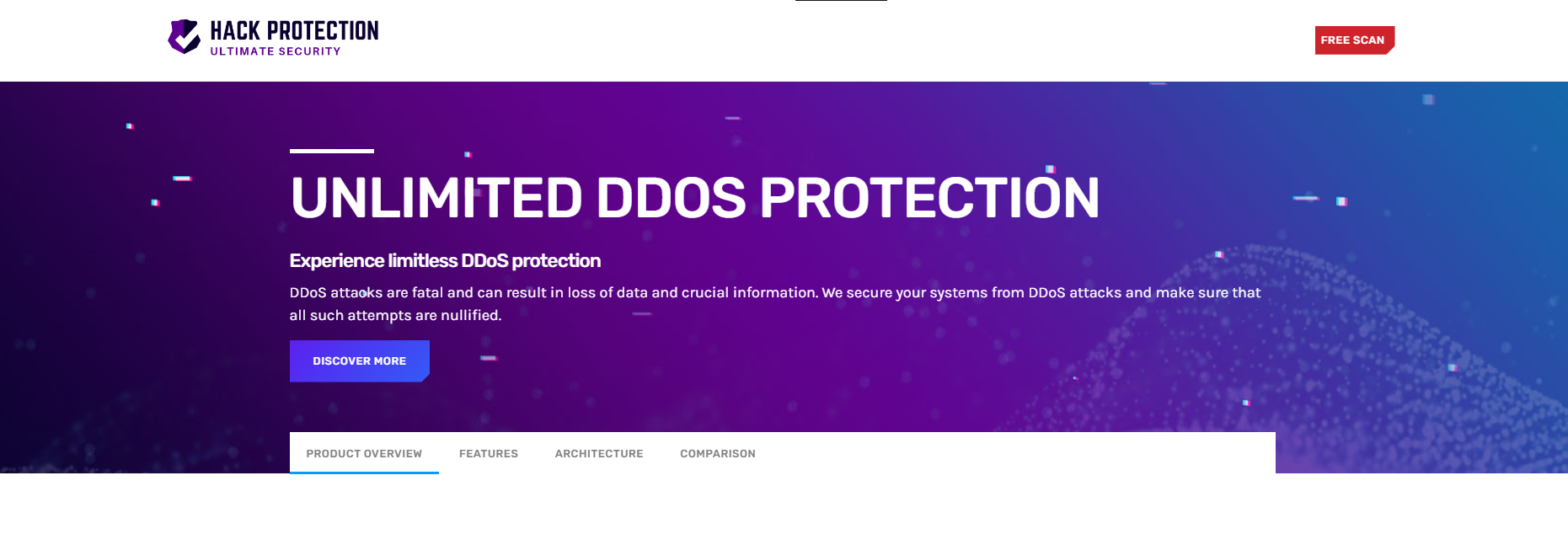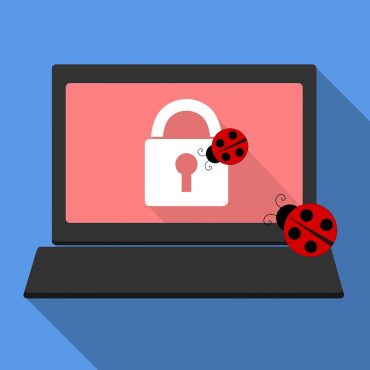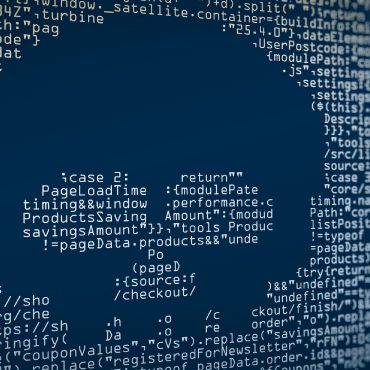What is a DoS attack?
What is a dos attack? In computer terms, a denial-of-service attack is a computer cyber-attack whereby the perpetrator seeks to render a system or network server unavailable to its targeted users by either permanently or temporarily disabling services of such a host, usually connected to the Internet, via the internet. Such attacks can be carried out with various techniques, some more sophisticated than others. This article discusses the most common denial of service attacks that affect Windows servers.

If you are wondering what is Dos? Well, Dos is an acronym for the Internet Data Service. In computer networking, a denial-of-service attack is a computer cyber-attempt to bring down a host or network medium to its erotically dedicated resources, such as a file server or mail server, or both. The attacker depends on the availability of many other targets in the hope that one of them will succumb to his attack. In effect, this kind of cyber-crime is known as DoS, for “Doing-it-Yourself Syndrome.”
How DoS Attack Occurs and what are their types!!!
There are many ways in which a DoS attack can happen. A basic DoS scenario begins when someone sends a DOS message to a target computer. An example may be that an attacker sends an unsolicited commercial advertisement to a target computer. If the recipient of the commercial Advertisement does not take action to stop the transmission of the message, the DoS has been perpetrated. For more sophisticated varieties of this attack, a DoS scenario may also occur when a person purposefully crashes a server or another piece of server software.
DoS is a type of cyber assault, which is not limited to simple crashing a server or the use of a specially designed application. It also includes the attacks of jamming a server or other data network device, or broadcasting data over the Internet in a way that attackers can discern what is occurring. One of the most common types of DoS is called the Distributed Denial-of-Service (DDoS) assault. This is the most common cause of server downtime.
Because of the nature of DoS attacks and the fact that they often involve multiple elements, many businesses have developed their own protective measures. Many companies use what is called an application-layer defense application, which helps to block and detect malicious network packets. Other companies make use of what is known as a DoS mitigation; this helps to reduce the effects of a DOS attack by preventing certain types of data from being sent to servers or other applications. Businesses may also implement what is called a DoS defense, which helps to cut back on the amount of processing time required to defend a network from a DOS attack. Both of these techniques help to reduce the amount of damage that a DoS attack can do.
Distributed Denial-of-Service (DDoS) attacks occur when multiple cooperating systems on the same network utilize different methods to communicate with each other. The common method used in such attacks is the so-called flood attack. This kind of attack occurs when multiple system processes attempt to send data to each other using multiple protocols. Typical protocol types used in such attacks are ICMP Echo Request, ICMP Echo Relay, TCP Congestion, and BSD packets. A Distributed Denial-of-Service (DDoS) attack can have a number of consequences including reduced performance on the network and server, system downtime, and data loss.

Common application-layer attacks are also considered as DDoS attacks. Application layer attacks are executed with the help of protocols and software that run on the same computer system as the attacker. Most common software used for such purposes are email programs, fax programs, and web servers. Some well-known application-layer attacks that use network traffic in carrying out Distributed Denial-of-Service (DDoS) attacks include buffer overflow, stack-overflow, and dynamic allocation.
Another well-known way of carrying out Distributed Denial-of-Service (DDoS) attacks is using botnets. A botnet is a network of computers controlled by one main computer. The main computer is infected with malicious software that carries out the attacks. The infected computers act as relay servers. The relay servers receive the instructions of the attacker using the infected applications or scripts and forward them to the victim machines.
Another type of DoS is spoofing, which refers to using a computer keyboard to enter commands. Stealing a web page or attacking a server can be considered spoofing. Some forms of spoofing are done for legitimate purposes, such as testing new web pages. But others are perpetrated merely for fun, or as part of a larger scheme.
Such attack results in reduced system performance, denial of service (crash) of the system, and data loss. Service attacks are another type of attack that uses network activity to send interactive requests to targeted service providers. The attacker might manipulate the system through scripts or commands, or may do it manually. Service attacks can be categorized into two types: Successful service attacks and failed service attacks. In successful service attacks, the attacker gains access to the target service provider’s confidential information. In failed service attacks, the attacker does not gain access to the target service provider’s information but may nevertheless cause significant inconvenience to the target service.
Internet Service Provider (ISP) Layer 2 Switching Protocol attacks can be conducted by other network users. These attacks typically occur through a network adapter. A router, for instance, is configured to detect packets that match a crafted “Probe Response” header and return them to the source. However, some routers also forward ICMP Echo Request (ICRF) packets. This has led to the development of” Probe Timed Access”, or PTAC, as it is sometimes called, which is a protocol that uses ICMP Echo Request and ICMP Echo reply protocols to deny or delay access by attackers to the target’s internal systems and application servers.

Resource allocation is another area where application layer attacks. Attackers may fill up an application layer by sending multiple requests at once, jamming the system or deliberately timing their refresh rate to avoid detection. The denial of service (DDoS) also takes place at the application layer. For instance, during the “chatty” period between two working days, when no one is at home or at work, the Internet is often attacked.
Application layer attacks can result in denial of service (DDoS) or response flood. In the case of application-layer attacks, multiple applications that communicate with each other can crash one after the other. Also, when a single application crashes, all other applications may also cease to function. Commonly used types of application layer attacks include ICMP Echo Request Flood, Router Flood, and Link Bleeding.
Lastly, Distributed Denial of Service (DDoS) is a form of “SYN flood”. In this attack, many computers attempt to send duplicate requests to the target host, overwhelming the network and causing significant delays. It is typically executed by executing the attacker’s script in many, if not all, computers that are participating in the attack. Commonly used methods of distributed denial of service include ICMP Echo Request, ICMP Echo reply, TCP flood, and others. Common applications used for such method attacks include scripts that check websites for top ranking in search engines or that randomly trip up other networks to send fake traffic.
How To Protect Yourself From DDoS Attacks!!!
Do you want to learn how to protect from DDoS attacks? You will find that there are many ways to prevent it. One of them is by using an email address protection service such as IP Changing, Free Email Address Prevention and others. However, if you don’t have one yet, do read on for ways on how to protect from DDoS attacks. You can also use malware protection services to remove yourself from malwares and vulnerabilities by hack protection.

Some people use free email addresses prevention software such as Spam Titan or Mail washer. This software is considered one of the best free solutions available. It not only blocks unwanted emails but also helps you clean up your email so that it doesn’t get into the spam folder.
How to protect from DDoS attacks starts by creating a free email account. The account should be as protected as possible. You can either choose a free account or a paid one. However, if you are using free accounts, you have no control on what type of email you receive or how those emails are delivered. Paid accounts however let you decide on the kind of email you want to receive.
Never respond to unsolicited emails that you received asking for your personal information such as your credit card numbers, bank account numbers and passwords. Do not click on the links in junk mail messages or pop-up ads. Most people who spam are teenagers and those who are looking for easy targets. Never buy products or services off of unsolicited emails. These people may not offer what they promise and they will just keep sending you emails if you fall into their hands.
If you have children in school, you must have a zero-action email account where you can block all messages without deleting them. This will help children and teens who are having trouble with Internet scams. They will be safe from Internet predators while they are still young.
It is also important to download anti-spam software and programs to your computer. There are free ones available, but they usually only work on certain operating systems. You need to be certain that the anti-spam software that you use works on your computer. You can either visit a web site that has a free version and download it then or buy the full version to be sure it works on your system. Most anti-spam software will let you know if it cannot be installed on your computer or you can use unlimited DDoS Mitigation service by Hack protection to get unleashed DDoS Protection.

Another way to protect from DOS attacks is by setting up a two-factor authentication. It is a little more complicated than regular authentication but it is still effective. With this type of protection, an email address is required in order to log into the computer. Anyone who receives an email message asking for information at such an address will not be allowed access to the computer.
Two-factor authentication requires a password to be typed in before one is allowed access to the computer. This is the best way to protect from DOS attacks because a person trying to break into your computer will have to provide you with a password in order to gain access.
You can do protection from DOS attacks by changing your password often. Never use the same password on more than one website. If you use the same password on all of your sites you should change it frequently. Many anti-spam software will automatically create a new password every time it is used. This should help to protect from DOS attacks.
Another way to protect from DOS is by never clicking on the send button on an email message. Every email program will send an email message with the send button. If you ever click this button then it can cause a problem. Many viruses will send a message that looks like a legitimate send-to-list but instead sends to a random screen and reports that someone tried to send them an email. Because of this a lot of people end up getting the virus.















Post comments (0)